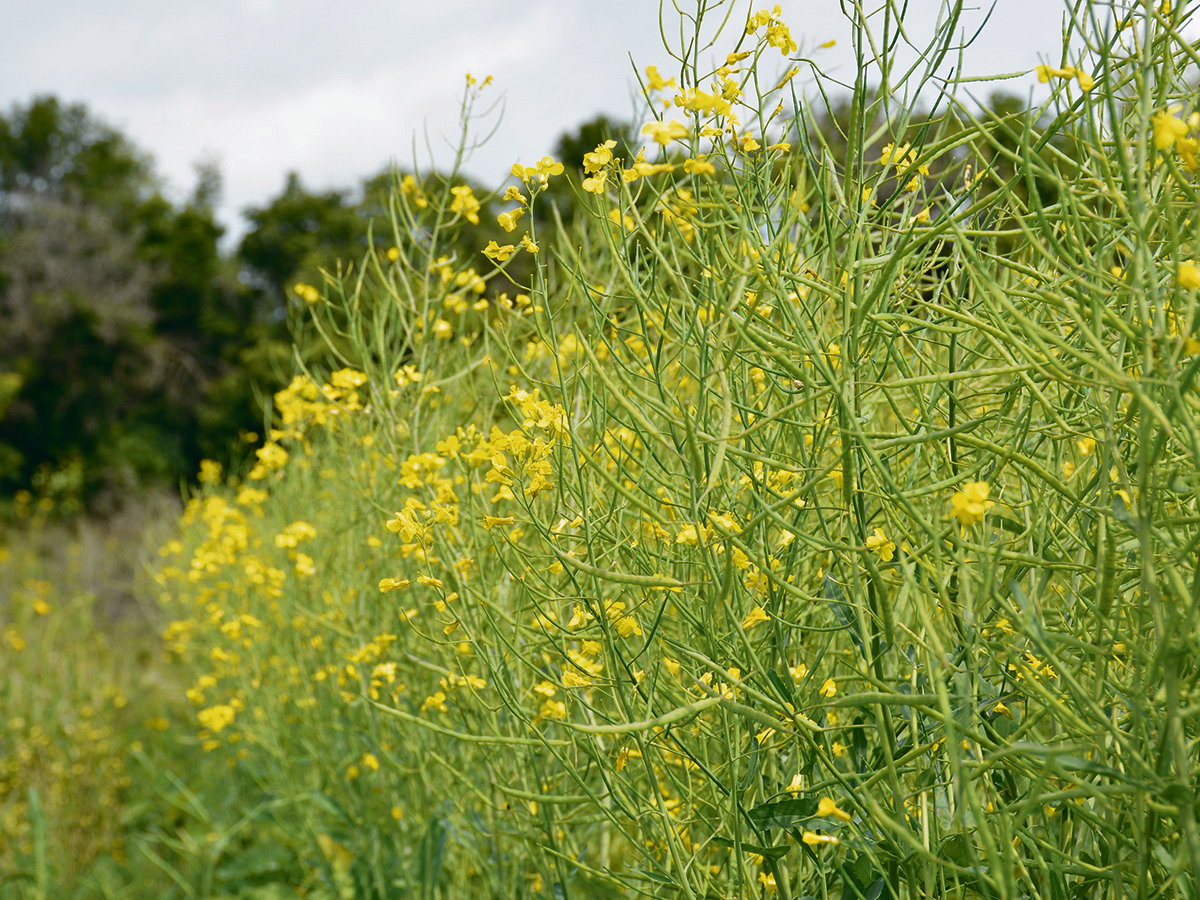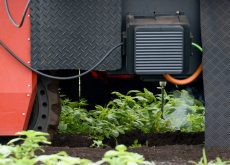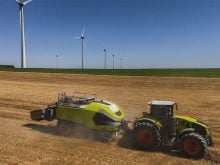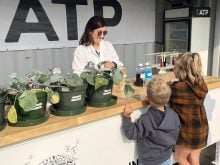WINNIPEG — When Wilf Keller began working at Agriculture Canada in 1973, things were different in crop science.
After earning his doctorate from the University of Saskatchewan, Keller joined a team of researchers with Agriculture Canada in Ottawa.
In one of his first assignments, a manager asked him to solve a problem related to the pollen of plants. The manager gave basic instructions. Keller had to figure out the rest.
Read Also

Saskatchewan puts crown land auction on hold
Auctions of Saskatchewan crown lease land are once again on hold.
In a way, it was like asking an employee to drive from Ottawa to Vancouver but giving them the freedom to choose the route.
The world of crop science is now very different in Canada.
Managers and funders tell researchers what highways to take to Vancouver and what kind of vehicle to drive.
“We’re suffering from too much top down, not enough bottom up innovation.… There’s a lot that can be done, just by providing freedom,” Keller said from his home in Calgary.
“The people who developed canola in the public labs, they were from the bottom up…. They had fewer resources, but they had much more freedom.”
Keller and other innovation experts are concerned about the state of research around canola, Canada’s most important crop.
Private companies are still developing commercial hybrids with improved traits and higher yield potential, but the discovery and disruptive work on canola, which should happen at universities, Agriculture Canada and the National Research Council, is “defective” right now, Keller said.
For instance, public scientists should be studying how the plant captures carbon from the atmosphere and moves that carbon to the seed. That sort of plant physiology science is complex and requires years of consistent funding.
“I would dare say, the innovation engine to do that kind of research, it’s not on the right footing in Canada,” said Keller, a biotechnology expert who helped develop herbicide tolerant crops and is a member of Canada’s Agricultural Hall of Fame.
“We have an innovation engine that is sub-optimal. It needs an overhaul, not a coat of paint.”
A good example of how crop science is currently funded is a project looking at clubroot and blackleg, two important diseases in canola.
In 2023, the Saskatchewan Agriculture Development Fund gave money to an Agriculture Canada scientist to study “priming agents,” which could help canola plants ward of the diseases.
It sounds interesting, but the funding for the research is only $167,000.
There are hundreds of similar projects in Canada where crop scientists have three years and a budget of $195,000 to make an incremental difference.
This emphasis on small-scale projects means scientists can’t do the necessary and longer-term work on canola.
“We’ve got private companies that are excellent at plant breeding … but that’s not everything the crop needs. We’ve really lost our strategic research capacity in plant science in Canada,” said Dave Dzisiak, who grew up on a farm near Dauphin, Man., and worked at Dow AgroSciences and Corteva for 38 years and is a former chair of the Canola Council of Canada.
“There’s no discovery-level work going on … in Canada anymore. Very little. It’s woefully underfunded.”
Canola is a Canadian innovation and a major industry in the country, generating more than $22 billion in economic activity from growing the crop, crushing the oilseed and producing biofuel and other products.
However, the amount of public research on canola has faded away, Keller said.
“I know people think that Canada does a lot of basic (science) work (on canola). That’s untrue.”
In comparison, American universities and public institutions are doing way more work on the movement of carbon within plants, studying how much goes into the roots and to the seeds, he added.
That sort of knowledge is critical because drought and extreme weather could become more common during the next 50 years.
“I’m not saying they (Americans) are ahead in canola, but (in) the fundamental issues of how a plant grabs carbon out of the air and moves it around in the body of the plant, this is where the (scientific) action is going to be,” Keller said.
“We better figure out root biology, how to get deep (roots) … regardless of what the water status is.”
The current model, where provincial canola groups, the canola council and governments provide short-term funding for highly specific projects, does provide benefits for the industry.
However, it’s the opposite of what Keller and Dzisiak are talking about.
A canola expert with Agriculture Canada or the University of Saskatchewan needs $15 million over 15 years for fundamental research that could transform the canola industry.
“That will allow them to create the breakthroughs,” Dzisiak said.
“There’s not enough of a … sustained effort going on, which needs to be done by our public institutions…. With the current government, more of the mandate is … around social issues related to canola.”
Curtis Rempel, vice-president of crop production and innovation with the canola council, has known Keller for many years and described him as a friend.
They do disagree at times about the direction and purpose of crop science research.
In this case, Rempel said Keller is partially right.
“Public scientists do need to have some freedom to do that blue sky research,” he said.
“But it needs to fit into a vision where industry and growers want to go in the next 30 years.”
Farmers pay a levy to provincial canola groups for every tonne of canola they grow. Therefore, producers should have a say in how that money gets spent and have input on research priorities.
The question is, what percentage of that levy should go to fundamental plant science?
“What is the balance that goes to near-term versus long-term? That’s exactly where the debate is at,” Rempel said.
“Some of the longer-term stuff won’t work out, in terms of the way you (expected), but I would argue that often you learn more than you (anticipated). It has other spin-offs.”
For Dzisiak, it’s obvious that a larger share of public dollars and producer checkoffs should be directed at the long term.
Stable research funding will help Canada retain the top scientists and “would have a huge payback.”
“One of the biggest discussions in Canada right now is the productivity of our economy. If you increase the average yield of canola by one bushel per acre, that’s $300 million (more) that goes into the economy.”
For Keller, who has worked in crop innovation for 50 years and is currently a director with the Agri-Food Innovation Council, it seems like grower groups and governments need to let go and give some control back to crop scientists.
Micro-management rarely leads to great results, in any industry.
“We’re in an era of incrementality … there is risk aversion,” he said.
“You have to allow public research, paid for by the taxpayer, to be innovative.”


















